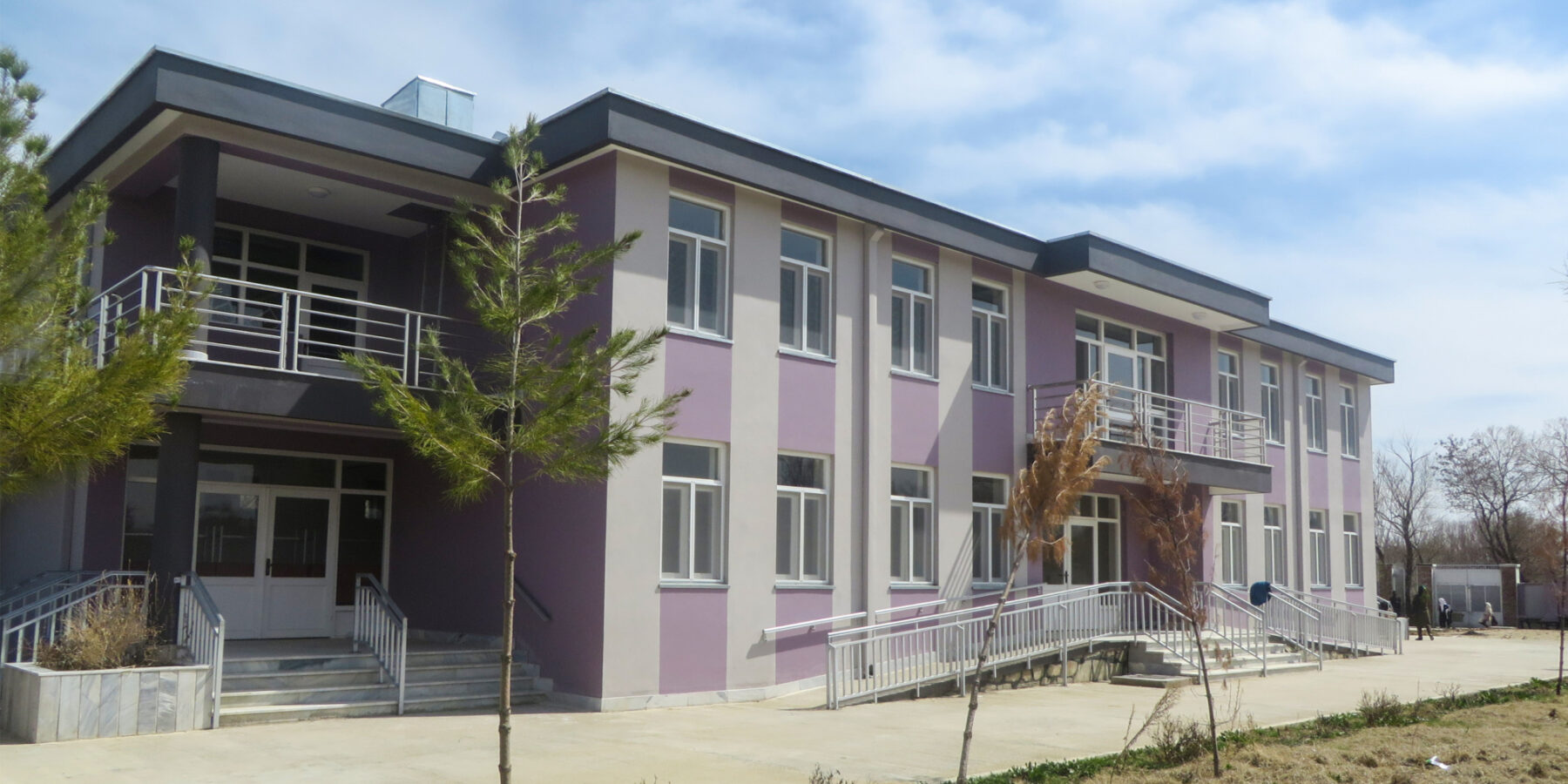The United Nations Office for Project Services (UNOPS)

Increasing access to education in Afghanistan
Every child deserves an education – but decades of conflict has made this almost impossible in parts of Afghanistan.
Education is the cornerstone for Afghanistan's plan for development and economic growth. But accessing education is an uphill battle in many parts of the country. In more remote areas of the country, educational opportunities can be limited and difficult to access – or don't exist at all.
Distances between villages can be great and travelling between them to attend school can be dangerous for young children and teachers. Worried for their safety, security concerns often stop parents from sending their children – especially girls – to school.
Education in Afghanistan
And in some areas of the country, students study outside in tents, unprotected from harsh weather conditions.
"When our school did not have a building, children were exposed to the rain, sun, snow, wind, dust and noise. The situation interrupted our lessons," says a student at a girls' high school. "It was challenging to study during winter because it was too cold and too hot under the sun’s heat in the summer.”


To increase access to education, improve the learning environment and to decrease the safety risk associated with going to school, UNOPS designed and built several schools in Parwan, Kapisa and Panjshir provinces, with funding from the Republic of Korea and implemented in partnership with the Afghan Ministry of Education.
Now, more than 24,000 Afghan children – including 14,500 girls – can exercise one of their most important and fundamental human rights: the right to an education.
We taught in wet tents for ten years. Today, we have a modern school building equipped with furniture and supplies.
"The children can now study in a very conducive environment," says the principal of a school in Kapisa Province.
Designed with the community
The local community, teachers and provincial education departments were consulted on a range of topics, including on the best sites for the schools, using local labour to build the schools and security. This helped ensure the schools met the needs of the local context, culture and customs.
Local construction material was also used, with community members helping to build the schools – providing local employment opportunities, helping to stimulate the local economy and developing local skills to ensure the schools can be maintained in the years ahead.
Since Afghanistan is prone to earthquakes, a seismic-resistant design was used. All of the schools also have an off-grid solar power system, which provides a renewable, sustainable source of electricity. The energy produced by the system is used for the lighting, deep well pumps, and heating and cooling systems.
As part of the project, the schools were equipped with safe and private toilet facilities for students and teachers, clean drinking water supply systems, fire alarm system and places for handwashing. Rainwater harvesting systems were also installed to help minimize water usage.
All the schools were also built with entrance ramps – as well as wheelchair-accessible rooms, toilets and offices – to make them more accessible for people with physical disabilities.
"As a result of this project, children – both girls and boys – will have the chance to go on to higher education," says Paul Cruickshank, UNOPS Director and Representative in Afghanistan. "And from there, they will enter the Afghan economy and help contribute towards lifting Afghanistan not only out of poverty, but also out of conflict."
About the project
UNOPS designed and built 24 schools in Parwan, Kapisa and Panjshir provinces. The project was funded with $9.1 million from the Republic of Korea and implemented in partnership with the Afghan Ministry of Education. It provides 24,000 Afghan children – including 14,500 girls – with easier access to education. In addition, this project also created 180,000 labour days of temporary employment for local communities.









